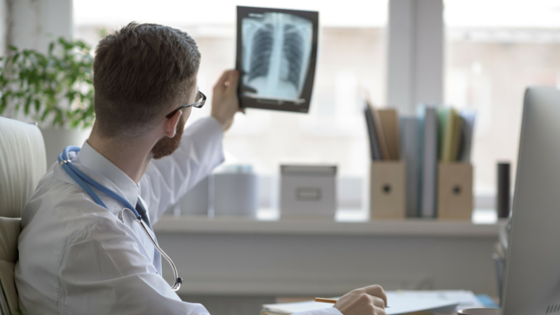
A new study published in the journal Biomaterials describes how scientists have made a breakthrough that may help doctors treat certain birth defects in babies. Researchers in Sweden have managed to engineer working diaphragm tissue from stem cells. This clinical trial is a world-first.
The newly grown diaphragm tissue has the same mechanical properties as normal tissue and functions normally in the body of the test subjects. The method used to grow the diaphragm tissue is similar to other research projects that recently re-grew a rat limb and rat vocal cords.
The diaphragm is a crucial part of the breathing process, contracting to bring air into the lungs. When a baby is born with certain genetic mutations or diseases, they can have holes in their diaphragm, which makes it difficult to breathe or swallow. It is estimated that 1 in 2,500 babies are born with some kind of genetic defect or disease affecting their diaphragm.
Previously, doctors used artificial patches to close the holes in the diaphragm. Unfortunately, these patches do not help the muscle contract and do not grow with the child.
Dr. Doris Taylor explains the breakthrough, saying: “So far, attempts to grow and transplant such new tissues have been conducted in the relatively simple organs of the bladder, windpipe and esophagus. The diaphragm, with its need for constant muscle contraction and relaxation puts complex demands on any 3D scaffold; until now, no one knew whether it would be possible to engineer.”
The procedure involved taking diaphragm tissue from the rats then removing living cells with a chemical. The connective tissue left behind is called the extracellular matrix. It gives the organs their structure and mechanical properties. Stem cells from bone marrow are then used to rebuild the tissue around the scaffolding before being translated back into the rats.
A few weeks after the transplant, the transplanted tissue was functioning in the same way as the rat’s natural diaphragm. The process needs to be thoroughly tested in clinical trials on primates before human trials can begin, however researchers are very positive about the results.
In addition to treating children with genetic defects that affect the lungs, the process may be used to regenerate heart muscle because that organ operates in a similar way to the diaphragm.
Source: Diaphragms grown from stem cells, may cure birth defect
{{cta(‘3fe0aac7-7562-46dc-b8b9-c706d9cfd6b1’)}}


